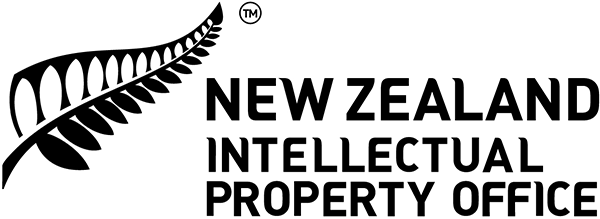One Percent Collective
Kind is the new cool. A small Wellington based team make it easy to give one percent of your income to some smaller, cool, Kiwi-based charities. Building trust in a brand associated with a charity is an integral first step. Find out the steps One Percent Collective took to protect the new charity with IP.
The opening title says “Own your kind is the new cool idea”
“I feel that giving should be part of everyday life,” says Pat Shepherd. “I’ve lived a lucky life and I have that need to give back”
We see him arriving at Wellington train station, and walking up to a photo shoot on Parliament grounds. His narrative continues.
“My name is Pat Shepherd and I am the founder and Chief Doer of Things at One Percent Collective.”
“People give one percent of their wages, and we give it all to the charities they select.”
“I started out with music, photography and a street magazine, and it has grown from there. Inspired by a book that talked about an idea of the top five percent giving five percent of their wealth towards solving world poverty, my spark was six weeks volunteering on the Thai Burma border, with migrant and refugee kids.”
“Friends, family and the collective community give their ideas, their creativity, their time, and they did the design work on the brand.”
We see Pat bumping into contacts, friends and members of the community, at different places around Wellington as he heads to the shared creative office space office.
“I tried to register the brand myself, it didn’t really work so I brought in my IP lawyer friend to help.
He arrives at shared creative office space, and we see him having conversations with staff, other businesses and in arranged meetings.
“My day jumps from conversation to conversation. Around generosity of giving, giving dollars, giving time. Some people would say I’m a people collector!”
On screen we see his laptop screen, showing their website. The text reads “kind is the new cool.”
“A lot of amazing, creative people are part of the collective. They’ve got behind us with their storytelling, and their artwork to help us spread the message.”
“The Generosity Journal is really about bringing a clean, creative eye to the world of storytelling for charities. I’d often seen things looking more like annual reports than fundraising collateral.”
We see the pages of the Generosity Journal on screen, showing stories about different charities.
“Being a creative myself, I know how important it is to be acknowledged for your work. Really it is amazing charity stories coming to life, through inky goodness.”
The scene swaps to interviewing Pat. He is sitting by his laptop and holding his cat, “Crumpet’.
“I think charitable giving is just changing – the digital space has allowed a lot more opportunities and a lot of different styles of platforms to inspire giving.
The closing title says “Own your kind is the new cool idea”, and then the final screen is the Intellectual Property Office of New Zealand logo.
View more case studies
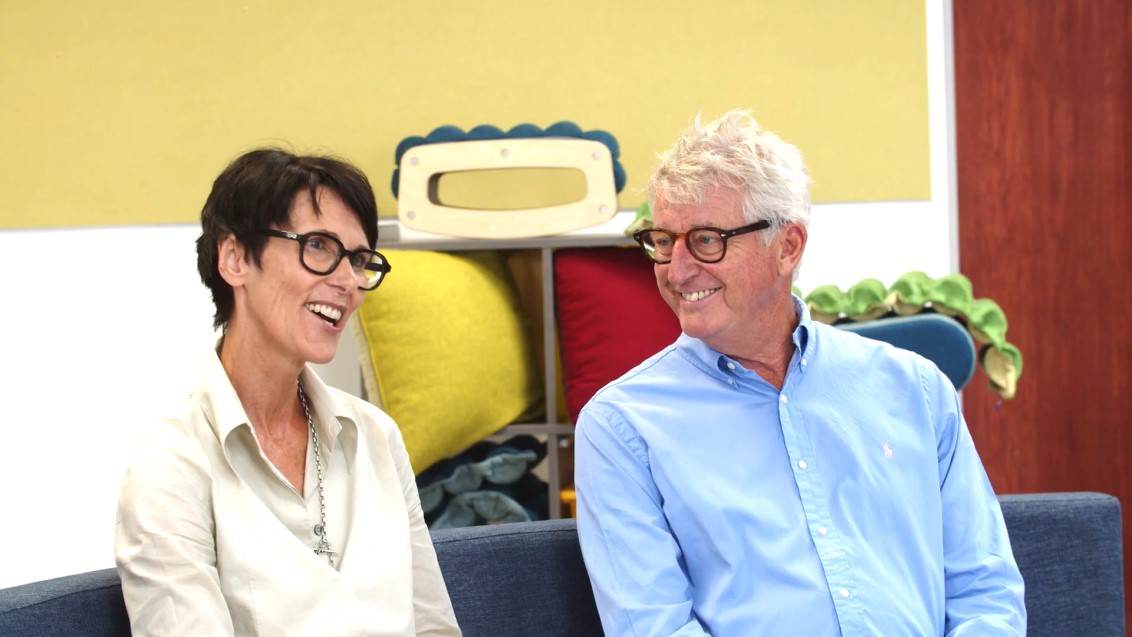
Resero specialise in classroom furniture that helps kids achieve more at school.
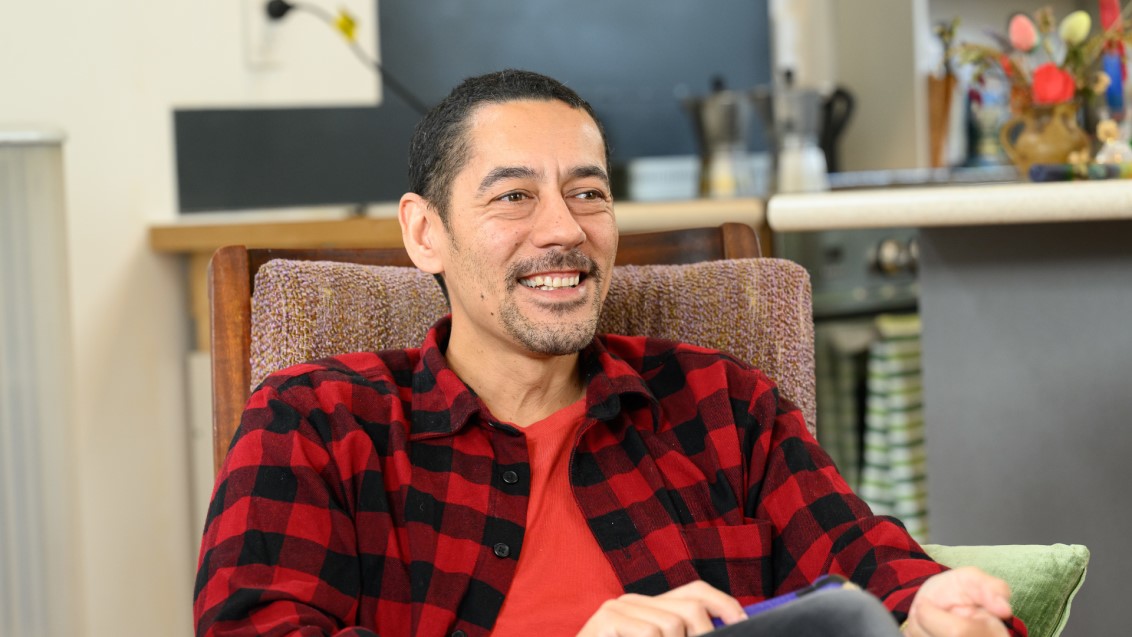
Based in the hills of Wellington, Paku honours mātauranga Māori in the creation of tools for children.
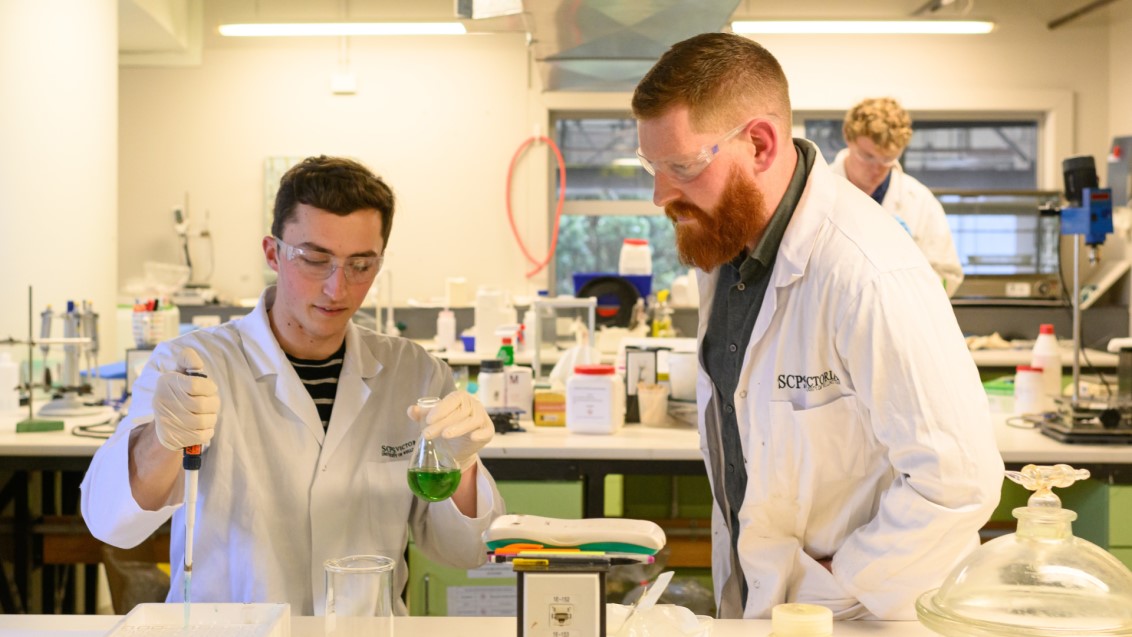
Eldon Tate knew he needed to protect his world leading antimicrobial technology before going to market.
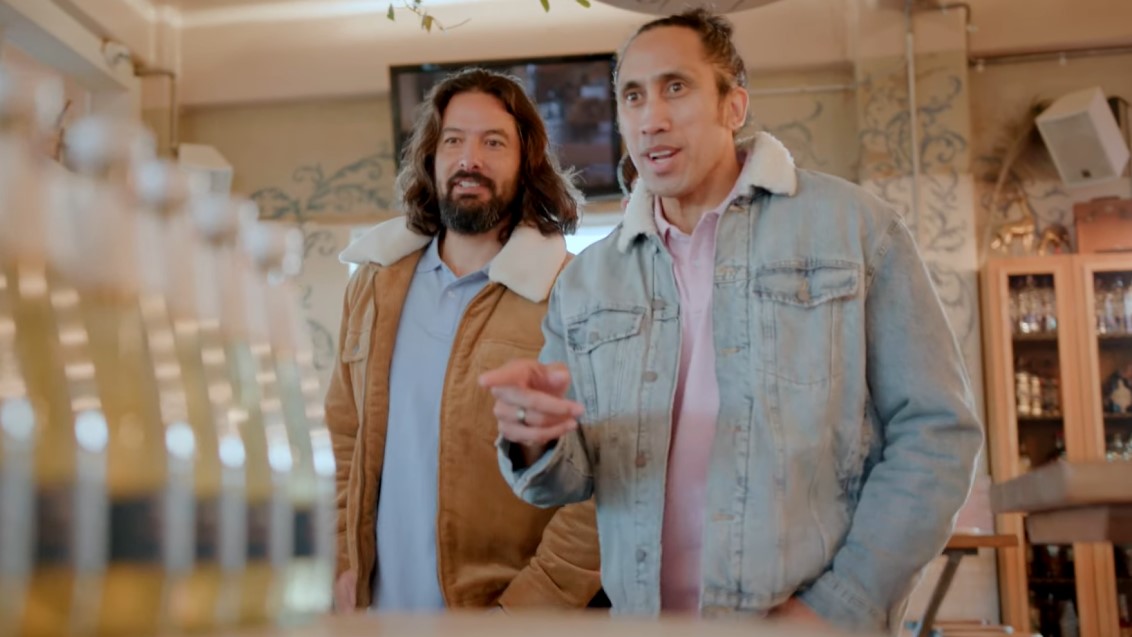
Wai Mānuka. A locally-sourced, premium, non-alcoholic beverage dreamed up by 3 friends at a party.
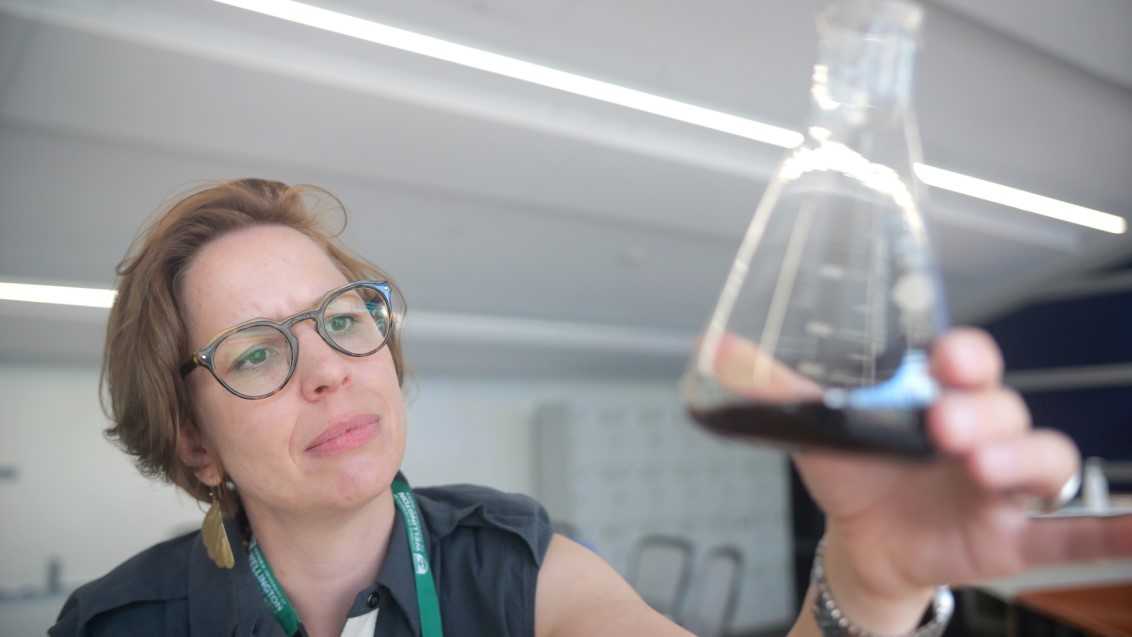
Evithé Biotechnology tackles the inflammation process by applying the ways plants defend themselves.
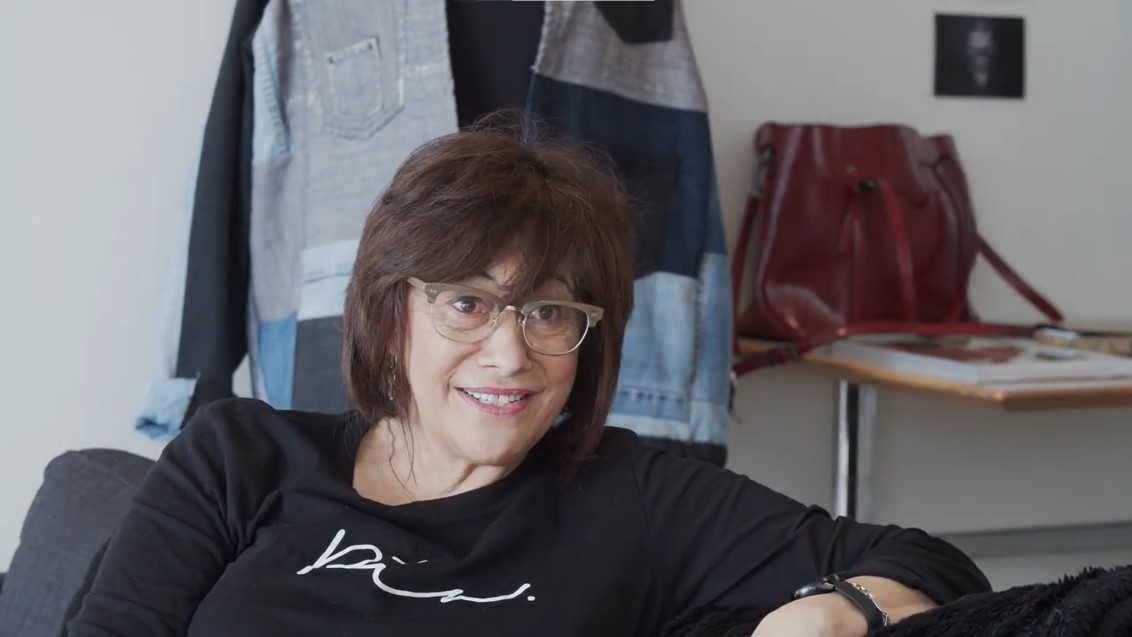
Miromoda nurtures young Māori fashion designers into an edgy annual showcase at NZ Fashion Week. Trade mark protection helped them build their brand.
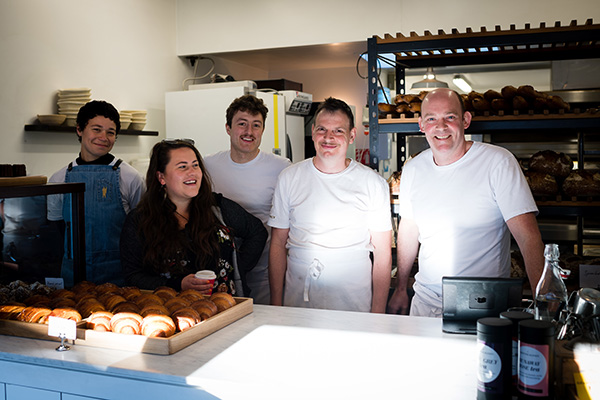
Registering their trade mark early meant Baker Gramercy’s brand was protected as their reputation for authentic, fresh-baked goods took off.
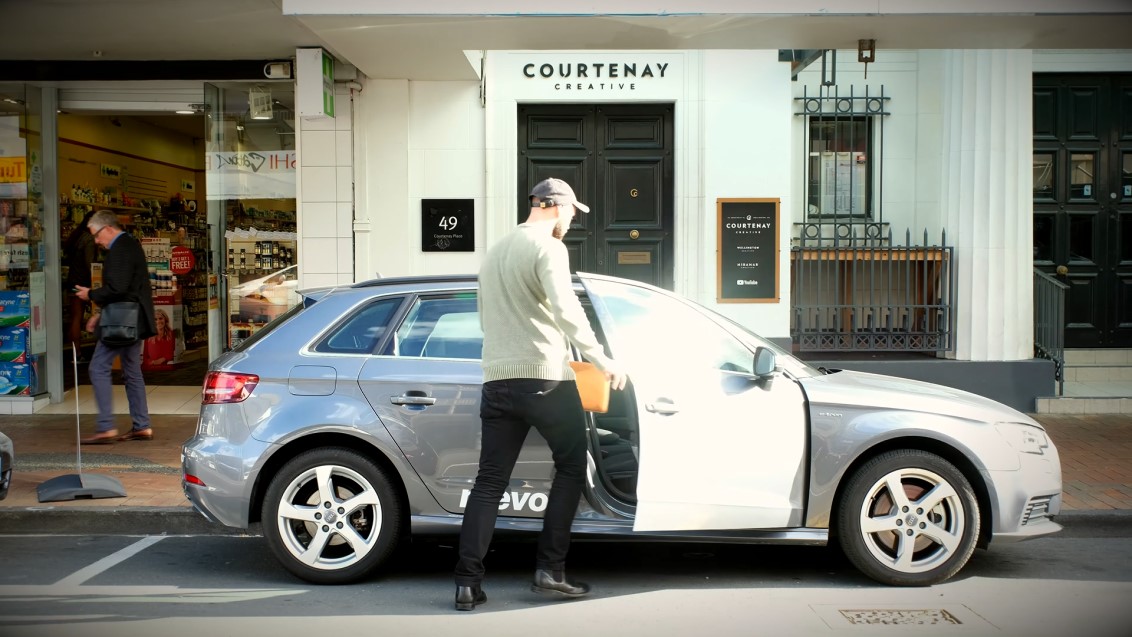
Gaining thir own trade mark, and licensing other brands’ software IP, this unique car rental company got moving faster than ever.
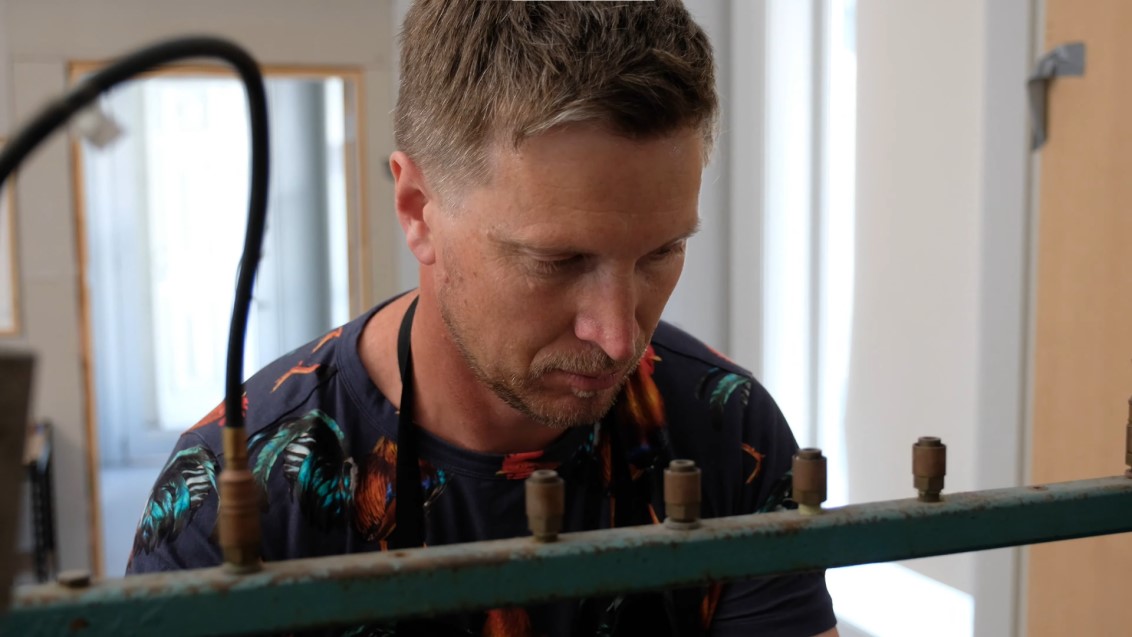
With their distinctive wallpapers and screen printing in high demand, find out how PaperHands protected their reputation with a registered trade mark.
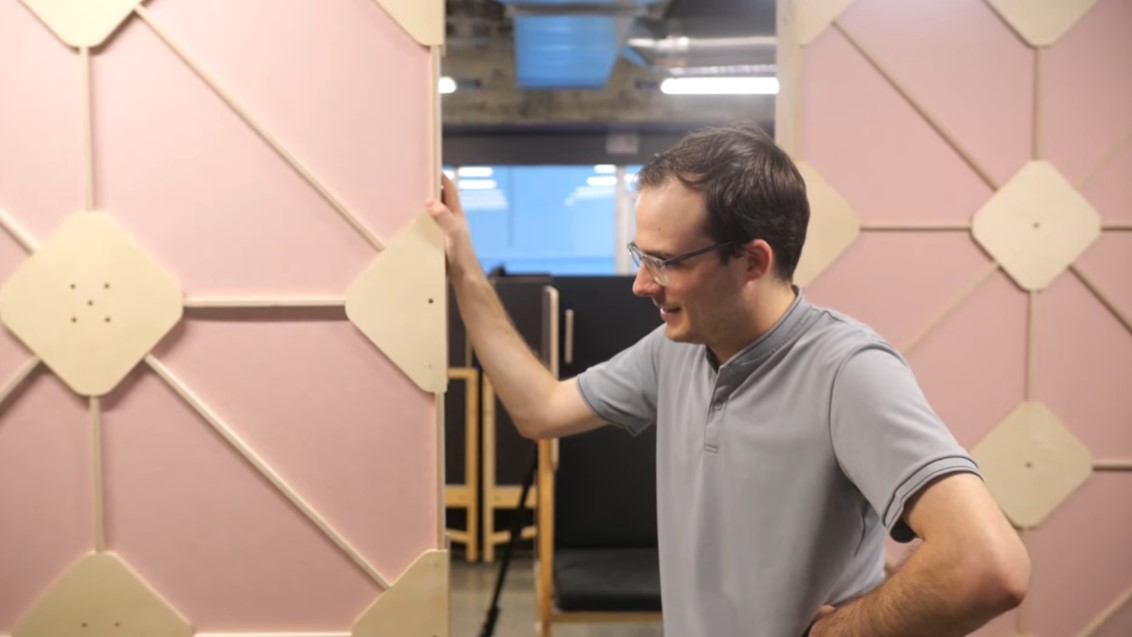
An innovative building frame idea gained XFrame a registered design, and a lesson on the importance of timing for patent protection.
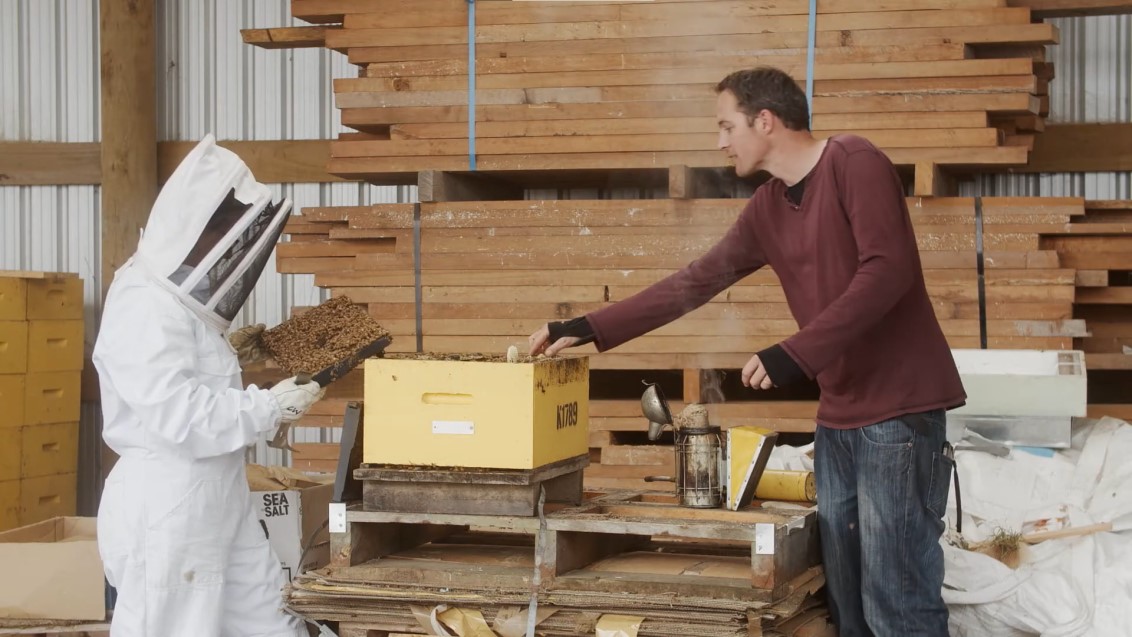
A newfound love for beekeeping sent Julian McCurdy on a mission to create new tech to monitor beehive health.
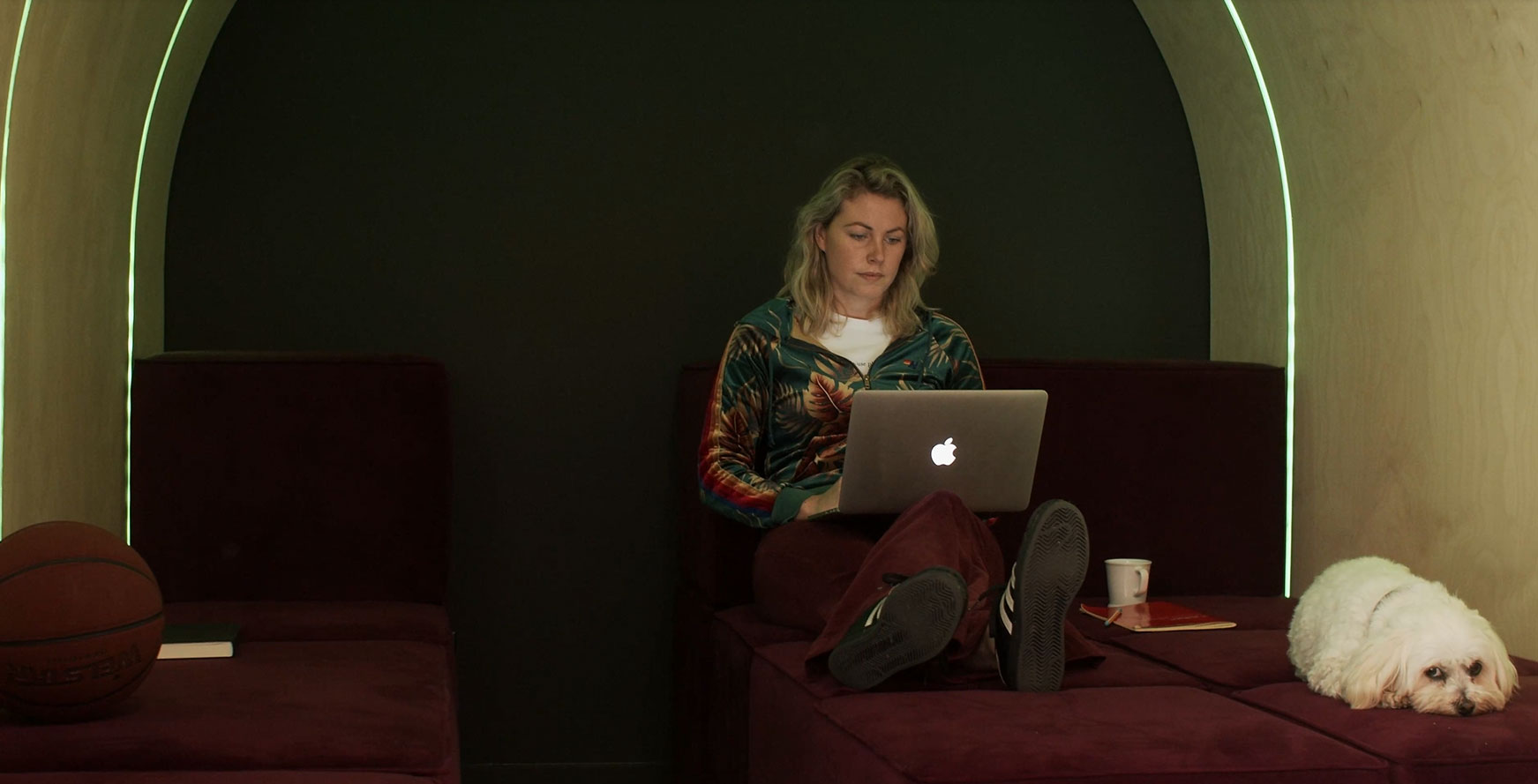
Story telling using immersive virtual reality; creative design agency Wrestler is pushing the limits with the help of IP.
